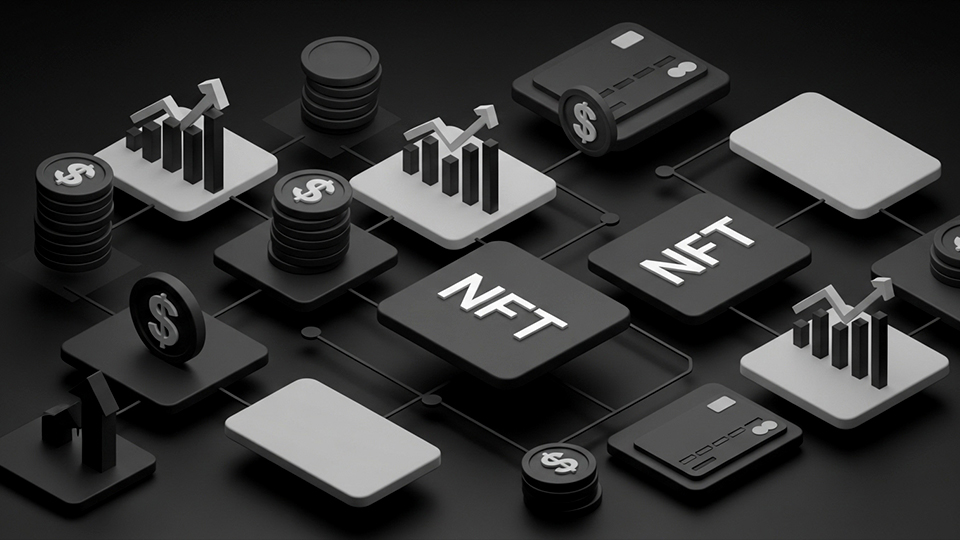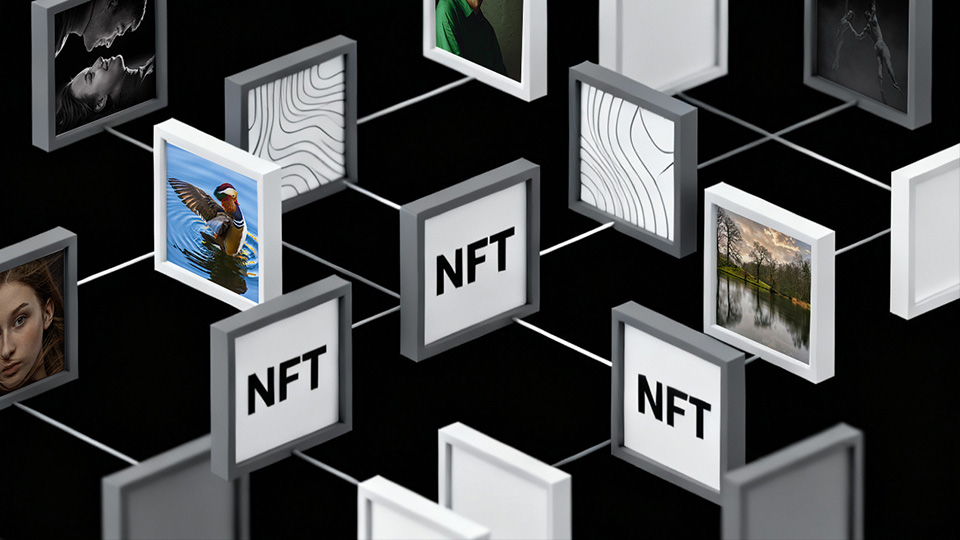The Surge of Cryptocurrencies and the Growing Regulatory Need
Over the past decade, digital assets and cryptocurrencies have experienced explosive growth, transforming the global financial system. However, with this rapid expansion and minimal regulation, the industry faces significant risks, potentially turning into a lawless frontier. The urgency for clear and effective regulation has never been greater.
MiCA: Europe’s Comprehensive Crypto Regulation
In response to these challenges, the European Union has introduced the Markets in Crypto-Assets Regulation (MiCA), marking the first major jurisdiction to establish comprehensive, industry-specific rules. MiCA, set to be fully implemented in 2024, aims to protect investors, prevent misuse of crypto assets, and bring much-needed regulatory clarity to the sector. This regulation underscores the growing importance of the crypto industry within the financial domain.
Who Falls Under MiCA’s Scope?
MiCA applies to all crypto assets not already covered by existing EU financial regulations, including securities and e-money, and extends to all crypto-asset service providers (CASPs) operating within the European Union, regardless of their location. By introducing a unified licensing structure, MiCA eliminates the need for individual national regulations, providing a clear and consistent legal framework across the EU.
MiCA was published in the Official Journal of the European Union on June 9, 2023, and came into effect 20 days later. However, the full compliance deadline is set for December 30, 2024, with certain provisions, particularly those related to stablecoins, taking effect on June 30, 2024. This phased implementation allows the industry to adapt gradually to the new regulatory environment.
What’s Covered and What’s Excluded in MiCA
MiCA categorizes crypto assets into three main groups, each with specific regulatory requirements. These include electronic or e-money tokens, asset-referenced tokens, and all other crypto assets. However, MiCA does not apply to nonfungible tokens (NFTs) unless they share characteristics with regulated assets. It also excludes operations of decentralized autonomous organizations (DAOs) and decentralized finance (DeFi) if they are truly decentralized. Despite its comprehensive scope, MiCA does not address all risks associated with the speculative and operational challenges of crypto assets.
The Impact of MiCA on Europe’s Crypto Industry
MiCA represents a significant step forward in regulating the crypto market in Europe, providing much-needed stability and investor protection. By creating a unified regulatory framework, MiCA is expected to spur innovation and foster growth in the crypto industry, while also minimizing risks and ensuring compliance with broader financial regulations. As the crypto landscape continues to evolve, MiCA will play a crucial role in shaping the future of digital assets in Europe.





